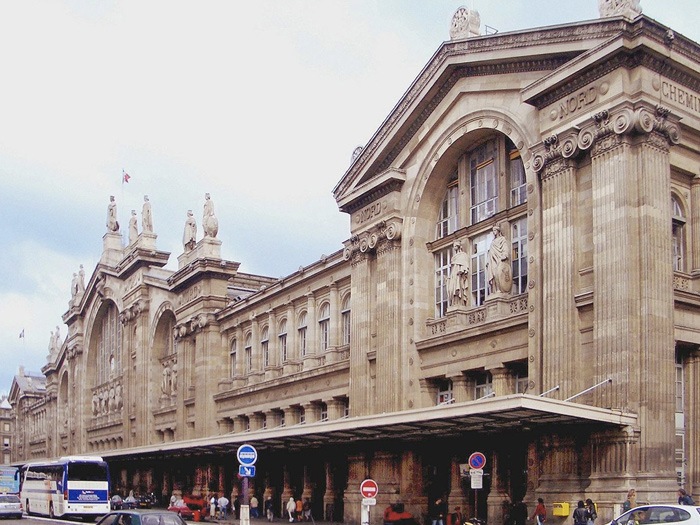Discover the Saint Vincent de Paul district - Paris 10
Saint-Vincent-de-Paul: the nerve centre of Paris
The 37th administrative district of the capital, Saint-Vincent-de-Paul is part of the 10th arrondissement. It is bounded to the north by Boulevard de la Chapelle and to the south by Rue de Chabrol and Rue du 8 mai 1945. Its eastern boundaries extend to rue du Faubourg-Saint-Martin. To the west, Rue du Faubourg-Poissonnière marks its boundary.

Properties for sale / rental in the neighbourhood
Our properties for sale or rental in the neighbourhood.







